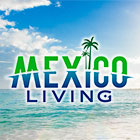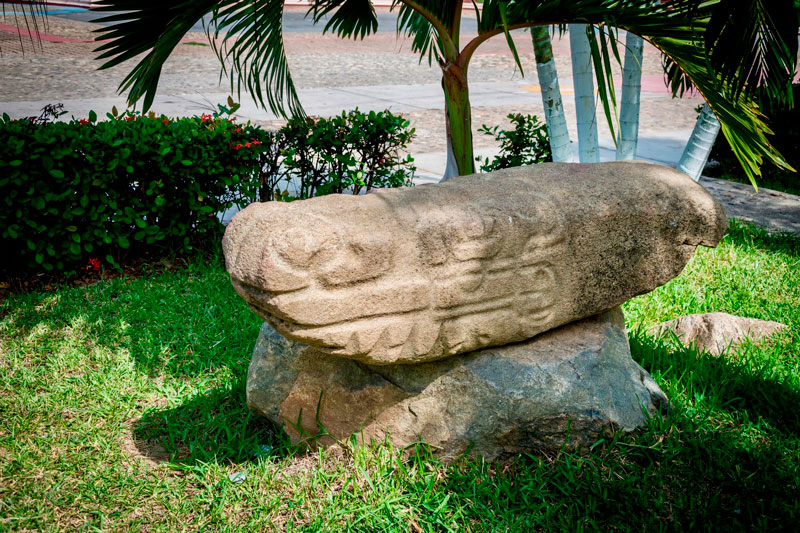
A Very Short History of Puerto Escondido
THE HISTORY OF PUERTO AS PART OF THE OAXACA Coast goes back thousands of years, but our part of the coast enters recorded history in the early 12th century when it became part of the Empire of Tututepec. Archeologists and historians estimate that over 250,000 people lived in inland coastal communities when Alvarado’s army of 200 Spaniards aided by thousands of Zapotec soldiers from Tehuantepec conquered Tututepec in 1522. The actual coast was not developed since the land had no agricultural value and was the home of snakes, scorpions and mountain lions. Palm trees are not native to the Americas, the first coconut palms arrived in Acapulco from the Philippines around 1575.
The Spanish favored Chila and points west for cattle ranching because of the rivers and good land. The labor came from African slaves whose influence is still felt in the local Afro-Mestizo culture.
The Spanish did however recognize the rights of the local Mixtec, Zapotec and Chatino communities. So it is that Santa Maria Colotepec was officially established in 1714 and San Pedro Mixtepec was first recognized in 1629, but it did not move to its current location until 1723.
But this is all ancient history, Puerto Escondido as we know it today actually begins in 1927 when coffee first started to be shipped from the harbor outside of Bahia Principal. In 1920 there were 27 inhabitants. The town grew to 55 by 1930, after the customs house was opened.
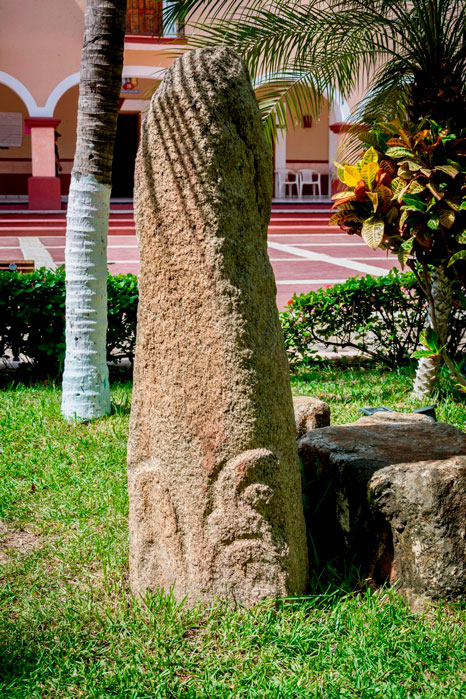
A little more history: coffee is not native to the Americas, it was brought to Oaxaca in the 1870s as a cash crop for export. Oaxaca has the right elevation and climate for coffee, but getting it to ports was no easy job, especially since there were no roads through the mountains. The coffee from Nopala, San Gabriel, Juquila and San Juan Lachao went first by burro (later by plane) to the town of San Pedro Mixtepec where over 100 women would do the selection and processing. Then it would come by truck over dirt roads to the Bahia Principal of Puerto Escondido. There were large warehouses and the ships sailing north to California would be stocked by small boats sailing from the harbor. For various reasons, including competition from Brazil, coffee stopped being an important industry in Oaxaca by mid 20th century. The last shipment from Puerto was in 1975.
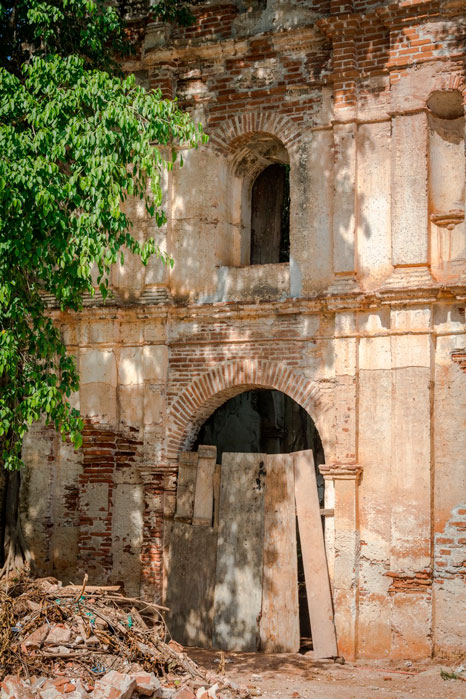
With the completion of highway 131 from Sola de Vega as a dirt road, in 1961, it became possible to drive or take a bus from Oaxaca to Puerto. Beach tourism began in the 1970s, not international tourism, and we won’t count the few surfers who made it through in those years without leaving much of a mark on the local economy, but Mexican tourism - for which we have to thank the Virgin of Juquila.
The first hotels were built on or near the Crucero and were the destination of families who having made their vows to the Virgin in El Pedimento continued on to a holiday at the beach. That highway was not paved until 1997. The airport first opened in 1980 and was extended to handle jets in 1984.
In 1970, the federal government started implementing a plan to make Puerto Escondido a tourist destination with big resort hotels. For various reasons, the plan failed and in 1980 the government decided to invest in Huatulco instead. But before it left, it finished the airport which opened in 1980 (there was an airstrip before on Rinconada), and it was expanded in 1984 to accommodate jets.
The Italians started arriving in the 1970s and introduced the art of making espresso and pizza and also encouraged European tourism to Puerto. I first visited Puerto in 1989 at the urging of friends from Spain. The Adoquín was just like the Punta is now. Lots of clubs, loud music all night, a total party scene, many vacationers from Mexico City. The hotels are still there, but the action later moved to Zicatela and then, with the pandemic, to the Punta.
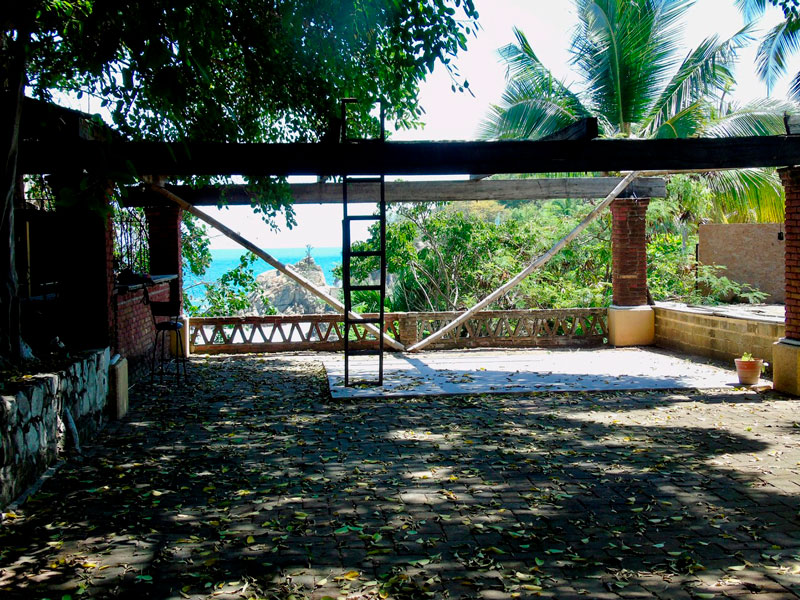
Today Puerto Escondido is much more than the tourist zone. It’s the banking and commercial center for much of the Oaxacan coast, besides offering many medical facilities.
Source for 20th century: Gopar Martinez, Eleuterio, Acercamiento microhistórico al pueblo de San Pedro Mixtepec, Oaxaca, 2012.




